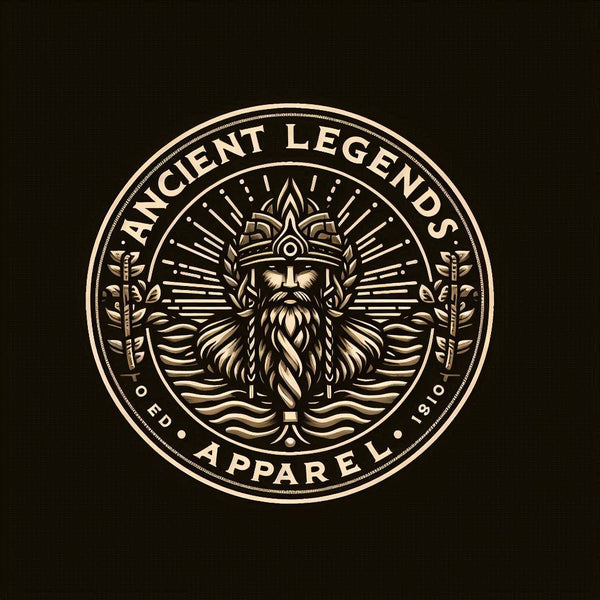The Sacred Animals of Lost Civilizations
Karl FShare
INTRODUCTION
The scope of human history is vast and nearly unfathomable. Among the centuries, many civilizations have risen to grandeur, only to fade into the annals of time, leaving behind enigmas and mysteries that captivate our imaginations and kindle our curiosity. One of the most intriguing vestiges of these bygone socio-cultural phenomenon is the phenomenon of the sacred animals. From Egyptian emperors beseeching the falcon-headed Horus to the Celts venerating the elusive stag, instances of animal worship punctuate our shared heritage. These myths and rituals provide a unique window into the psychological, cultural and spiritual life of our ancestors.
ORIGIN AND CULTURAL CONTEXT
Undoubtedly, the reverence for animals grew out of a primal understanding of the delicate balance of life and death; predation and survival. The natural world was both an ally and an adversary to ancient societies, and its totemic creatures gained symbolic importance, either as divine protectors, harbingers of doom, or emblems of virtue and vice.
The Egyptians, for instance, saw the majesty of the lion mirrored in the fierceness of the heat. Simultaneously, the falcon, in its aerial supremacy, became an emblem of the sun god, Ra. In the bustling cities of the Indus Valley Civilization, the enigmatic unicorn was revered presumably for its purity and strength. The Mayans would track the celestial journey of the majestic jaguar, believing it to be a conduit between the earthly and supernatural realms.
THE LEGEND OR STORY
Every sacred animal has a story, a myth that weaves together the precarious threads of survival and spirituality. Take the daunting Nemean Lion of Greek mythology, an indestructible beast slain by Hercules as part of his twelve labors. The lion's invincibility symbolized the indomitable spirit and power, instilling terror and admiration in equal measure.
In Japan, the stories of Kitsune, a shape-shifting, mischievous fox spirit, have been part of folklore for centuries. These stories often highlight the animal's cunning and wisdom. Sometimes, they even venture into darker themes of enchantment and possession, underscoring the fox's duality of trickster and guide.
INTERPRETATIONS AND SYMBOLISM
Interpretations of these sacred animals often tell us more about human society than the animals themselves. The Celts revered the wild boar, associating it with strength, courage, and war. Liberally featured in Celtic mythology, the wild boar was a symbol for warriors and invoked during rites of initiation and battle.
The Egyptians, with their intricate network of gods, placed a high premium on the ibis, a bird embodiment of Thoth, the god of knowledge and wisdom. The ibis, therefore, became a beacon of enlightenment, its sightings a favorable omen of knowledge and learning.
COMPARISONS IN OTHER CULTURES
Cultural comparisons often highlight fascinating similarities and contrasts. For instance, where the Greeks saw the owl as a symbol of wisdom and an omen of victory, the Romans perceived it as a harbinger of demise and destruction. Countless forest cultures in Africa, America, and Asia see the serpent as a paradoxical symbol, an embodiment of both healing and harm.
The white dove, universally recognized as a symbol of peace and innocence, had spiritual significance in both Pagan and Abrahamic traditions. It was a sacred animal in Mesopotamia, a symbol of love for Aphrodite in Greek mythology, and an emissary of the Holy Spirit in Christian theology.
MODERN REFERENCES AND POP CULTURE
The echoes of these sacred animals still resonate in modern times. Dragons have soared from the pages of ancient lore into the realms of popular fantasy fiction. J.K. Rowling, drawing from various mythological sources, has filled the world of Harry Potter with fantastic beasts designed to charm and terrify.
Movie franchises like The Lion King incorporate various aspects of African mythology to portray lions as natural leaders. Even in the advertising world, animals like the mustang and the bull symbolize raw power and virility, respectively.
LEGACY AND LASTING MYSTERIES
It is in the realm of these lost civilizations that we discover enormous wealth, the richness of our shared past, gleaned from the sand-covered ruins and the fading pages of ancient texts. Yet, plenty remains unanswered. Were unicorns an invention of fantasy or a tangible reality for our ancestors?
Why did the emperors of ancient Japan so deeply associate the deer with divine supremacy? Why the Zoroastrians, despite acknowledging the spiritual significance of all animals, did especially adore dogs?
Although we have deciphered many ancient scripts and unearthed countless artifacts, the secrets of sacred animals are not fully understood. The fascination lies not only in answers but also in the stirring of mysteries that these sacred beings inspire, encouraging us to delve deeper into the enigma that is human history. It's in that journey into the past, often shrouded in mystique, that we gain a better understanding of our present.
Just as the sacred animals of yesteryears bridged the real and the divine, they continue to thrive today, not merely as historical remnants but as potent symbols that resonate through the ages, luring us towards the hidden corners of our collective imagination and echoing the grand tale of human civilization.
